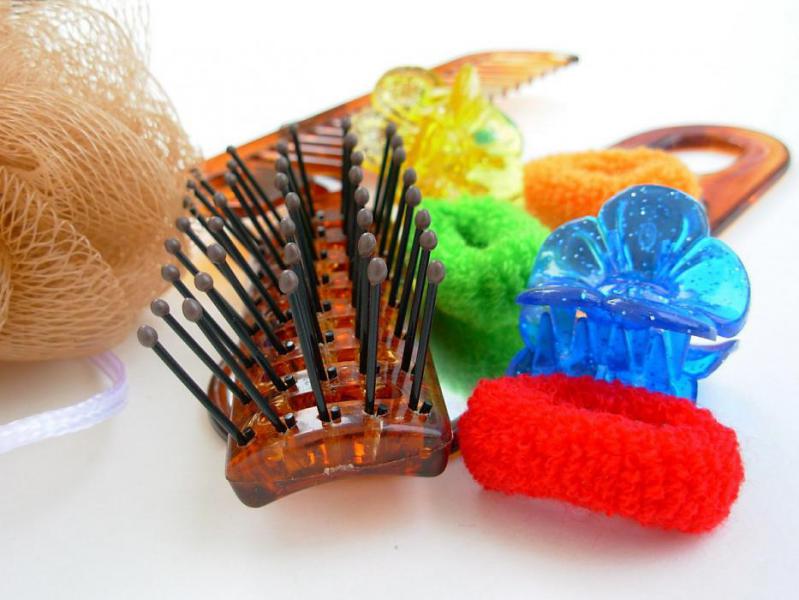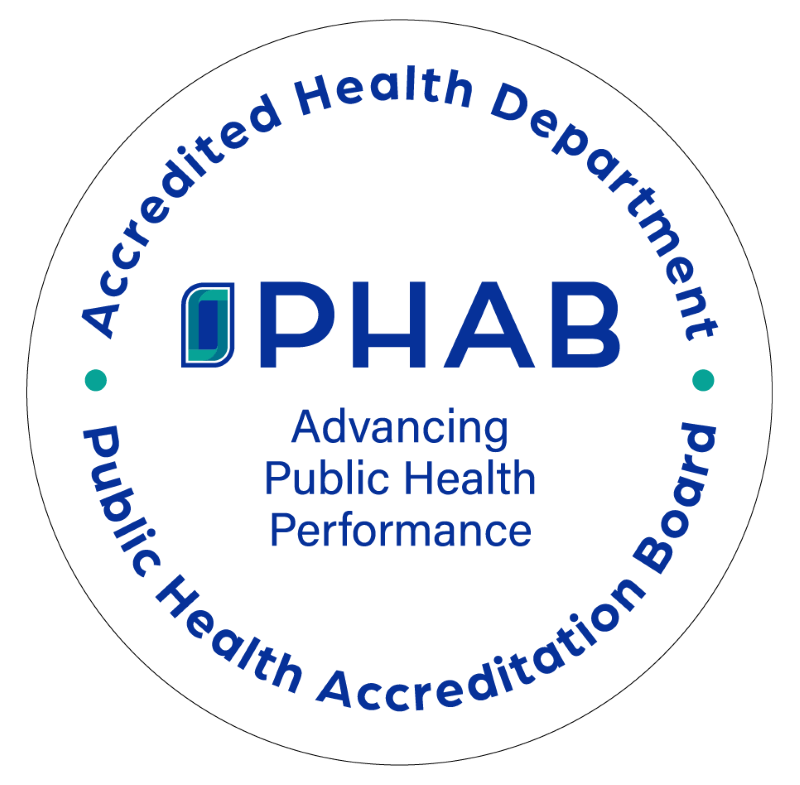Head Lice
When your child comes home from daycare or school announcing that he or she has lice, most parents react to the news with feelings of anxiety, anger, or being overwhelmed. Lice are not known to cause disease, The known health risk is the potential for infection, which can be caused by scratching the itchy infested areas.
Head lice survive less than 1-2 days if they fall off a person and cannot feed; nits cannot hatch and usually die within a week if they are not kept at the same temperature as that found close to the scalp.
Tips to avoid getting Lice:
- Do not lie on beds, couches, pillows, carpets, or stuffed animals that have recently been in contact with an infested person.
- Do not share clothing, brushes or towels.
- Vaccuum often.
- Wash clothes and linens used by an infected person with hot water and dry on high heat.
What to do?
Remember all lice killing products are pesticides. If you choose to use an over the counter treatment, check with your health care provider before buying it. Some people should never use or be in contact with these products. These include pregnant or nursing women, children under two years old, anyone with a medical condition, open wounds, a seizure disorder, asthma or cancer.
- First, follow package directions carefully
- Second, comb out all the lice and nits (lice eggs)
- Third, clean the home environment by washing all recently worn clothing in hot water and drying on high for at least 30 minutes
Keep combing the hair every night until no lice or nits are found. Persistence and patience are the key ingredients in ridding your child of lice. It is well worth the time it takes to carefully comb out your child’s hair to get rid of this problem.
Reviewed 12/01/2023


































